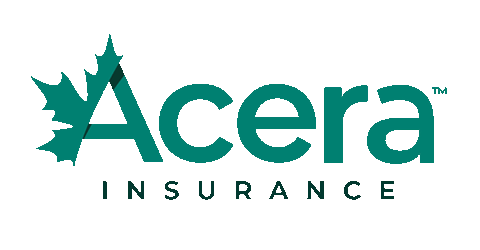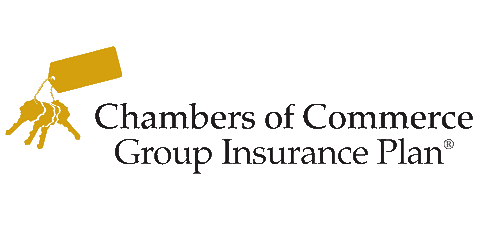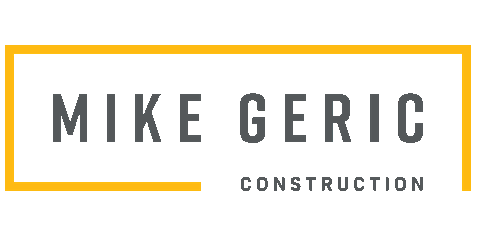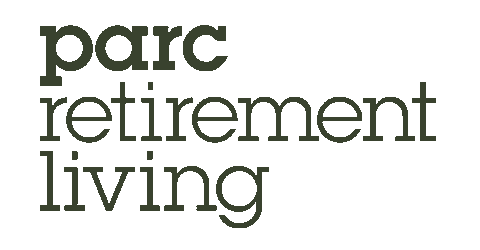Business property taxes shouldn’t be a shell game
Rising commercial property values are adding another variable to the role municipal councils have in setting property tax rates. The Chamber advocates for tax fairness and has been working to shine a light on the higher property tax rates all 13 Greater Victoria municipalities charge businesses compared to residents.
Local governments set their annual budgets by determining how much they need to spend to deliver services to their citizens. After accounting for revenue from sources such as user fees, municipalities use property taxes to generate most of the cash needed to ensure they can balance their budgets.
The two largest classes of properties are residential and business (commercial). Councils must balance the need to keep taxes affordable for citizens with the need to encourage investment and commercial development by not overburdening businesses.
What The Chamber has noticed is a trend in recent years for municipalities to minimize increases to residents by offloading increasing costs to businesses. This was evident in rising tax multiples – for example, in 2016, Victoria charged businesses a tax rate that was 3.1 times the rate charged to residents. This multiple increased to 3.4 in 2017 and 3.5 in 2018. In Saanich, the multiple has climbed from 3.5 in 2016 to 3.9 in 2017 and 4.3 last year.
The impact of a rising multiple has been amplified in the last few years with residential property values soaring while business property values trailed behind.
This year, the opposite has occurred in a number of BC jurisdictions causing a backlash against BC Assessment, which determines the annual value of all properties in the province.
In Saanich, for example, residential properties have increased by an average of 10% while business properties have jumped by an average of 20%.
This means that even though municipalities show a decrease to their multiple, the actual tax bill facing businesses will still be going up.
Greater Victoria municipalities are in the midst of finalizing their budgets, and must adopt a final budget by May 15. The Chamber will continue to track tax rates and urges all councils to consider the actual bill they will burden businesses with before setting their budgets.
Published in 2018
Read more about Property Taxes
























